Photography courtesy of Lowell Washburn, all rights reserved.
They were a motley looking crew; a bachelor group of four drake mallards quietly sneaking their way through an opening in the cattails. Deep into the summer molt, the birds scarcely resembled the familiar elegantly plumed “Greenheads” of early spring. Rendered flightless by a complete loss of primary wing feathers, the drakes would remain grounded for another month and would not regain their full splendor until at least mid-October.
A time of serious transition, the summer feather molt is not unique to mallard ducks. All birds undergo some fashion of an annual change of feathers. Birds are the only life forms clothed in feathers; and those feathers are much of the reason why birds are so popular. But feathers, like all living things, grow, age, and die. For birds to survive, feathers need to be replaced. This replacement is called the molt. But although all birds molt, the strategies among species are widely varied. Most birds undergo their first complete molt and make the transition from juvenile to adult plumage during their first full year of life. Others, such as bald eagles, may require several years before finally attaining their stunning fully adult plumage. Indigo buntings, red-tails, Cooper’s hawks, and orioles complete their transitions in two to three seasons.
Waterfowl [ducks, geese, and swans] have the most dramatic molt of all birds. Instead of dropping last year’s feathers a few at a time, they shed them by the hundreds. The annual molt is most noticeable in the males [drakes] that change, seemingly overnight, from the flamboyant gaudiness of spring plumage to the drab and subdued [eclipse] plumage of summer. The waterfowls’ molt of primary wing feathers is so rapid and so complete that adults become totally flightless while awaiting the arrival of new plumage. This flightless period occurs during mid to late summer when natural wetland foods are most abundant and emergent escape cover is at its thickest. In spite of losing their ability to fly; species like mallards, teal, wood ducks, and Canada geese are still able to successfully guard and raise their broods. It’s a well-timed strategy that allows grounded fowl and their growing youngsters to survive the obvious perils that accompany temporary flightlessness.
For most bird species, the annual molt is a much more conservative and gradual process than that of local web-foots. And although many birds such as jays, red-tailed hawks, and chickadees may attain an extremely ragged appearance, the birds never lose their ability to fly; a critical skill needed by most species for hunting and delivering food to nests of growing young.
Although many of our backyard birds may appear ragged and moth eaten today, the seasons pass quickly. Before you know it, the annual molt will be complete and our favorite species will become the brightly colored showoffs that we love to watch.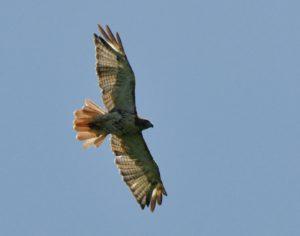
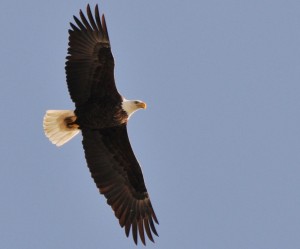

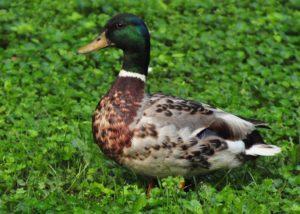
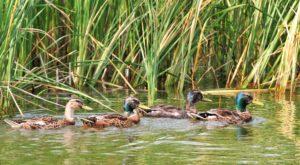

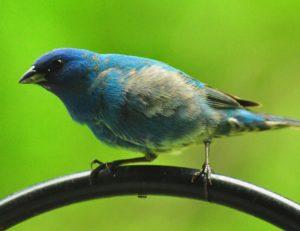
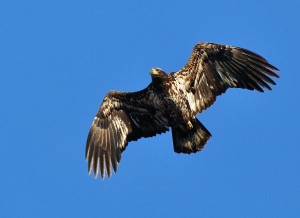
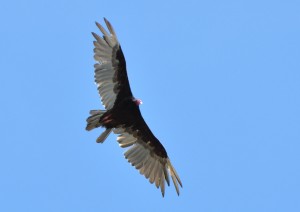
 Susan Judkins Josten
Susan Judkins Josten Rudi Roeslein
Rudi Roeslein Elyssa McFarland
Elyssa McFarland Mark Langgin
Mark Langgin Adam Janke
Adam Janke Joe Henry
Joe Henry Sue Wilkinson
Sue Wilkinson Tom Cope
Tom Cope Kristin Ashenbrenner
Kristin Ashenbrenner Joe Wilkinson
Joe Wilkinson Dr. Tammy Mildenstein
Dr. Tammy Mildenstein Sean McMahon
Sean McMahon